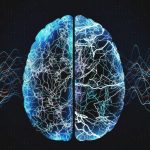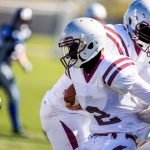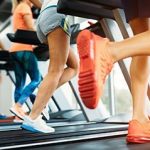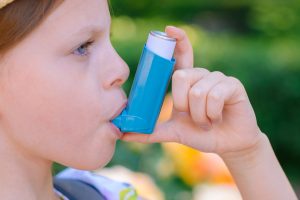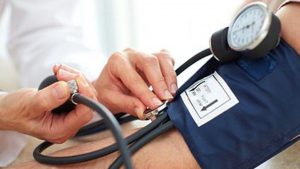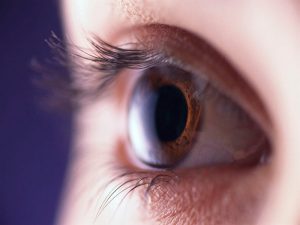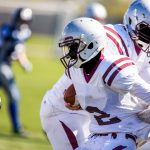
The number and strength of head impacts, not concussions, cause degenerative brain injuries to football players, a new study suggests. That’s what appears to drive the growing number of cases of chronic traumatic encephalopathy (CTE), researchers say. Chronic traumatic encephalopathy is a progressive and fatal brain disease associated with repeated traumatic brain injuries (TBIs). It is also linked to the development of dementia, according to the Alzheimer’s Association. In this new study of 631 deceased football players, researchers found that the odds of developing CTE were related to the number of head impacts they experienced and how hard those impacts were. “These results provide added evidence that repeated non-concussive head injuries are a major driver of CTE pathology rather than symptomatic concussions, as the medical and lay literature often suggests,” said senior author Dr. Jesse Mez, co-director of clinical research at the Boston University CTE Center. These new data might provide football with ways to prevent CTE, according to researchers. “This study suggests that we could reduce CTE risk through changes to how football players practice and play,” said lead author Dr. Dan Daneshvar, an assistant professor at Harvard Medical School and physician-researcher at Mass General Brigham. “If we cut both the number of head impacts and the force of those hits in practice and games, we could lower the odds that athletes develop CTE.”… read on > read on >












